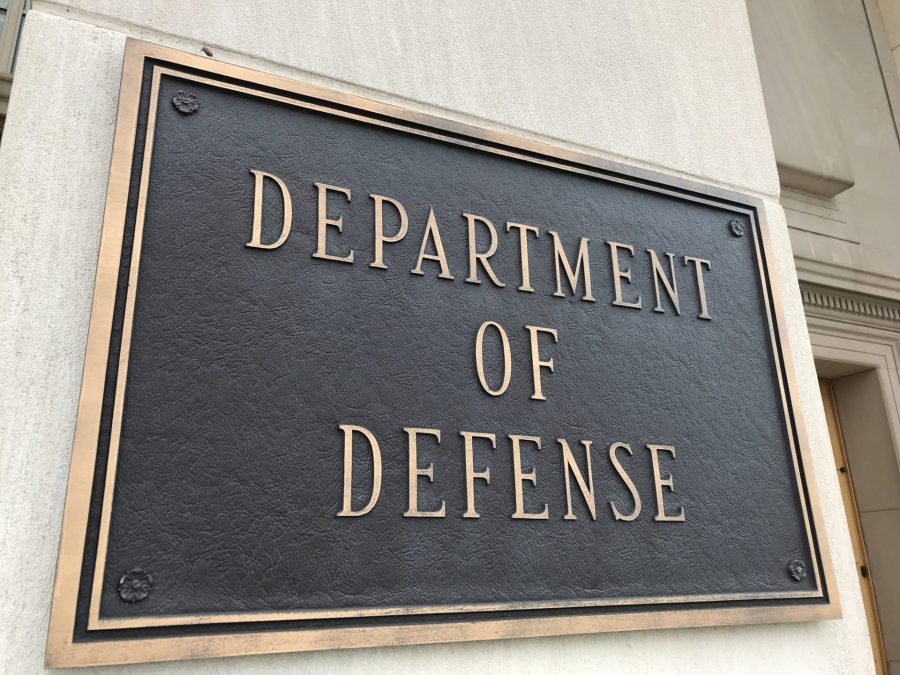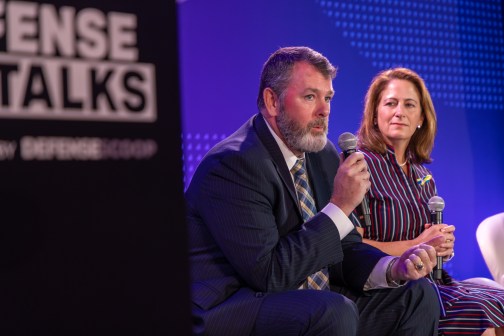DOD issues long-awaited Cyber Workforce Framework

Defense Department CIO John Sherman on Wednesday publicly issued the DOD Cyber Workforce Framework after months of previewing the new lexicon for defense personnel who perform IT and cybersecurity-related roles.
The framework builds on the National Initiative for Cybersecurity Education (NICE) Cybersecurity Workforce Framework and DOD’s Joint Cyberspace Training and Certification Standards to establish an “authoritative lexicon based on the work an individual is performing, not their position titles, occupational series, or designator.”
This is meant to allow the Pentagon to better track its workforce performing IT and cyber-based work, which has been difficult previously because that work often falls under traditional military and defense job titles that do not immediately identify that work.
As the department explains: “[T]he DoD is transforming its cyberspace workforce focus from solely information assurance to a more inclusive focus comprised of personnel who build, secure, operate, defend, and protect DoD and U.S. cyberspace resources, conduct related intelligence activities, enable future operations, and project power in or through cyberspace.”
Sherman said in December that the DCWF is meant to establish “the hard blocking and tackling kind of stuff we need to do that’s not glamorous that makes sure that we have the knowledge we need to manage this very modern workforce.”
The framework describes those roles based on definitions laid out in newly updated DOD Directive 8140 across seven broad categories, 33 specialty areas, and 54 work roles. It also comes with an online “tool” to help stakeholders navigate the identification, management and organization of the cyber workforce under the framework.
Each of the 54 work roles has a definition and a list of tasks, knowledge, skills and abilities required under that role.
The DOD says the new framework is also meant to be used to “support a number of other DoD-wide workforce management and planning activities. For example, it can be used to facilitate supply and demand analyses, develop targeted recruitment and retention strategies, develop horizontal and vertical career paths, and standardize development of civilian position descriptions. As such, the DCWF serves as an important building block for a capable and ready cyber workforce.”
“All the technology in the world is nothing without people,” Sherman said in December at the Department of Defense Intelligence Information System (DoDIIS) Worldwide Conference in San Antonio, Texas. “People are our foundation — the women and men who make up our workforce that come into DOD, whether it’s military or civilian, and ensuring that we stay where we need to be in the most modern thinking about careers, upskilling, recruitment and training.”
He added then: “We have to think differently about how folks come in and out of the government. And most importantly, I want a workforce that looks like America. That we don’t keep going to the same place to recruit, [and] we think differently about degree requirements” through new avenues, such as apprenticeships.






